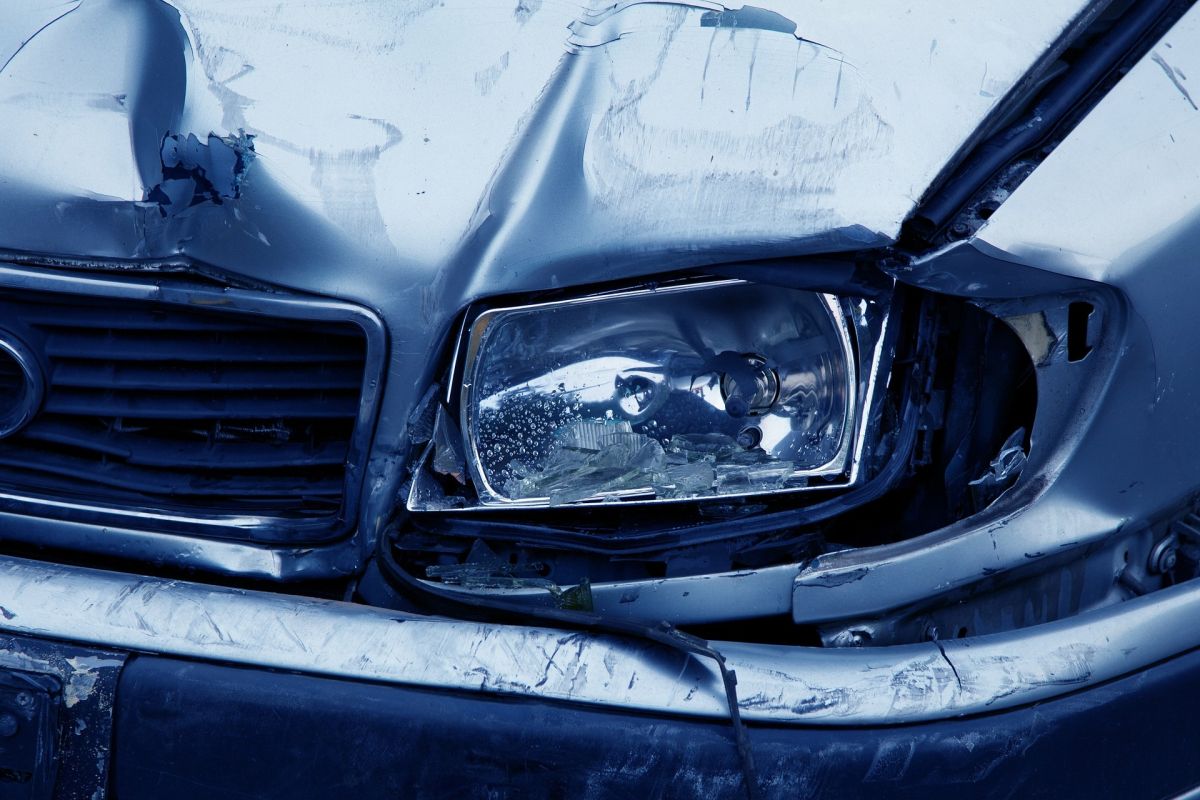India’s roads have long been a hub of bustling activity, connecting cities, towns, and villages across the vast nation. Yet, with the release of the annual report by the Ministry of Road Transport and Highways on road accidents in 2022, we are confronted with some alarming statistics that paint a bleak picture of road safety in the country. The report is unequivocal ~ India witnessed a 9.4 per cent increase in fatalities due to road accidents in 2022, with a staggering 168,000 lives lost.
These are not just numbers; they represent a tragic loss of human potential and a devastating impact on victims’ families. The total number of accidents rose by 11.9 per cent, reaching 461,000, casting serious doubt on the ministry’s ambitious target to reduce road accidents by half by 2024. The figures are grim, translating into 19 deaths and 53 accidents every hour. One cannot ignore the fact that our roads have become perilous and urgent action is needed to address the growing crisis. What is particularly distressing is that young adults in the age group of 18-45 years accounted for a substantial 66.5 per cent of the victims in 2022.
Advertisement
These are individuals in the prime of their lives, and their untimely deaths not only bring personal tragedy but also have a significant societal and economic impact. People in the working age group of 18-60 years represented a staggering 83.4 per cent of total road accident fatalities. This is a stark reminder of the toll that road accidents take on our nation’s workforce and overall productivity. The report highlights the locations of these accidents, with 32.9 per cent occurring on national highways, 23.1 per cent on state highways and 43.9 per cent on other roads.
This distribution underscores the need for comprehensive measures that address road safety across all types of routes. It is not enough to focus on just the major highways. A holistic approach is necessary. The report calls for strengthening enforcement mechanisms, enhancing driver education and training programmes and investing in improving the condition of roads and vehicles. These recommendations are critical. Effective law enforcement, coupled with robust driver education, can go a long way in reducing drunken and reckless driving as well as speeding.
Safer roads and well-maintained vehicles can help mitigate the severity of accidents. The government has formulated a multi-pronged strategy, emphasising on 4Es ~ education, engineering (both roads and vehicles), enforcement and emergency care. This approach is commendable. It acknowledges that tackling the road safety crisis requires a combination of efforts.
Additionally, the adoption of modern transportation systems, road safety audits and international collaborations to learn from global best practices demonstrates a forwardlooking approach. Initiatives like the Electronic Detailed Accident Report (e-DAR) for real-time data analysis and automated vehicle inspection centres are promising steps toward combating road accidents. As the condition of roads improves, vehicle speeds will go up. This should not lead to more deaths
